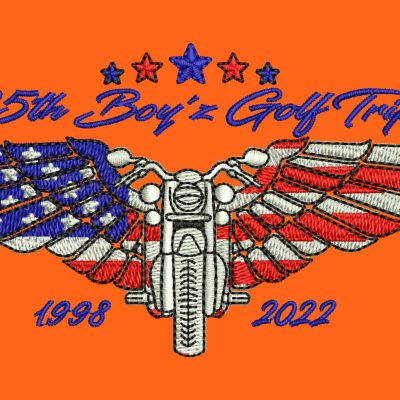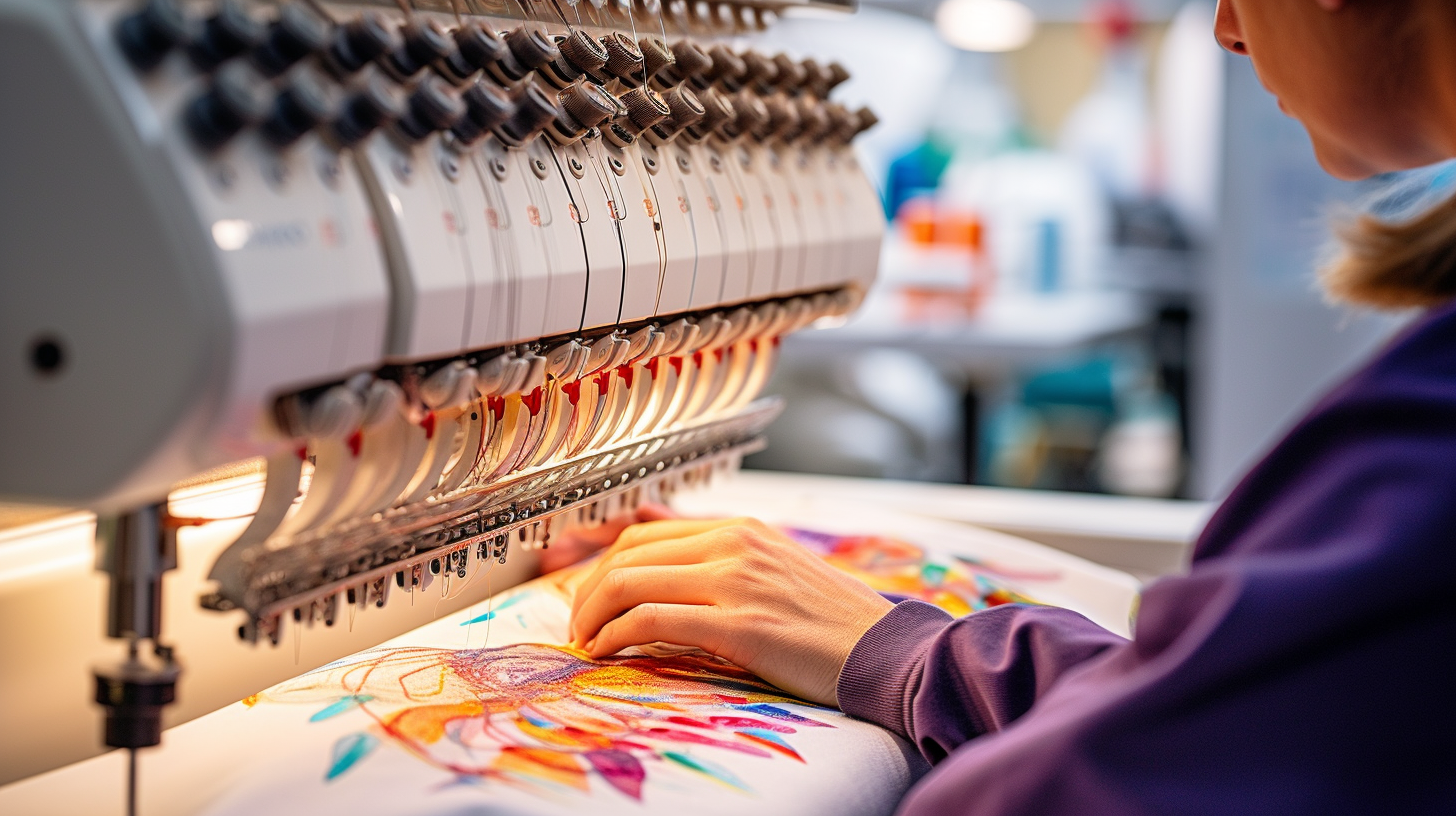Budget Friendly Digitizing for Embroidery: Precision and Information
Simplifying the Art of Embroidery Digitizing: Step-by-Step Guide
As modern technology continues to advance, the digitization process has actually become more accessible, allowing enthusiasts to bring their intricate designs to life with ease. In this overview, we will certainly untangle the intricacies of needlework digitizing, breaking down each action methodically to improve the process and equip both newbies and skilled embroiderers alike.
Understanding Embroidery Digitizing Software
Needlework digitizing software functions as a critical tool for changing intricate layouts into electronic formats suitable with embroidery makers, facilitating exact stitching and personalization. This specialized software application allows individuals to import various picture documents formats, such as JPG or PNG, and transform them right into embroidery machine-readable formats like DST, EXP, or PES - Digitizing for Embroidery. By using functions like stitch editing, underlay choices, and string shade option, digitizing software application allows customers to regulate every aspect of the design process
Furthermore, progressed needlework digitizing software program supplies devices for creating complex designs, adjusting stitch density, and incorporating complex information. Individuals can additionally sneak peek the design before sewing it out, ensuring accuracy and lessening mistakes. In addition, several software application offer automated features that aid improve the digitizing procedure, saving effort and time.
Recognizing the capabilities of embroidery digitizing software application is vital for attaining top quality outcomes in needlework projects. By grasping this tool, needlework enthusiasts and experts can release their creative thinking and bring intricate designs to life with precision and performance.

Picking the Right Design File
After acquainting yourself with the capacities of embroidery digitizing software program, the next vital step in the process is selecting the best design documents for your job. Digitizing for Embroidery. When picking a layout declare embroidery digitizing, it's important to take into consideration the complexity of the style, the dimension of the end product, and the sort of textile you will be collaborating with
For detailed designs with fine information, a high-resolution photo or vector file is recommended to make sure that the needlework equipment can accurately reproduce the design. Additionally, the size of the final product plays a considerable function in choosing the ideal layout documents. Bigger designs might call for higher resolution data to preserve quality and intensity.
Moreover, the kind of textile you will be stitching on affects the option of layout data. Different fabrics might require adjustments in the style file to make sure that the stitches are appropriately aligned and the layout shows up as planned. By very carefully picking the appropriate layout file based on these aspects, you can set yourself up for a successful needlework digitizing procedure.
Digitizing Devices and Techniques
Using specialized software application and accuracy strategies, digitizing tools are crucial in changing intricate styles into embroidery-ready data. Needlework digitizing software program, such as Wilcom, Hatch, or Embrilliance, gives the necessary platform to convert art work right into stitch information. These programs offer functions like stitch editing and enhancing, rug alternatives, and lettering devices to make certain the design translates effortlessly onto textile.
Among the essential strategies in digitizing why not find out more is creating a clear path for the embroidery device to comply with. This entails digitizing each aspect of the layout with accuracy, determining stitch types, densities, and directions. By utilizing devices like digitizing tablet computers or software-specific plugins, embroiderers can attain a high level of accuracy in their digitized designs.
Moreover, grasping the art of rug sewing is critical for creating top quality needlework. Underlay stitching stabilizes the material and produces a foundation for the style, making certain that the last item is both aesthetically attractive and durable. By recognizing these digitizing devices and methods, embroiderers can elevate their craft and bring intricate designs to life with precision and efficiency.
Customizing Stitch Types and Directions
The choice of stitch types can dramatically influence the general appearance and appearance of the embroidered design. By purposefully integrating these stitch types, embroiderers can attain depth and measurement in their styles.
Additionally, the direction of stitches plays an essential duty in boosting the aesthetic allure Click Here of the final needlework. By exploring with different stitch angles and patterns, embroiderers can bring their styles to life with remarkable detail and details.
Testing and Refining Your Digitized Style
To ensure the accuracy and top quality of your digitized design, complete testing and improvement are important actions in the embroidery digitizing procedure. When you have finished the digitization of your design, it is crucial to examine it before continuing with the real embroidery. Checking allows you to determine any possible issues such as string breaks, sew density problems, or design distortions that may impact the last result.

After testing, it is essential to fine-tune your digitized design based on the feedback from the examination sew-out. This might include tweaking stitch settings, readjusting thickness, or making modifications to the total layout to attain the desired outcome. By repeating via screening and improvement, you can tweak your digitized style to perfection before moving on with the real embroidery process.
Conclusion
In final thought, mastering the art of needlework digitizing calls for a thorough understanding of directory the software program, picking the ideal design documents, utilizing digitizing devices and methods, tailoring stitch types and instructions, and screening and refining the digitized style. By following these actions, embroiderers can simplify the digitizing procedure and create high-quality stitched layouts with accuracy and efficiency.